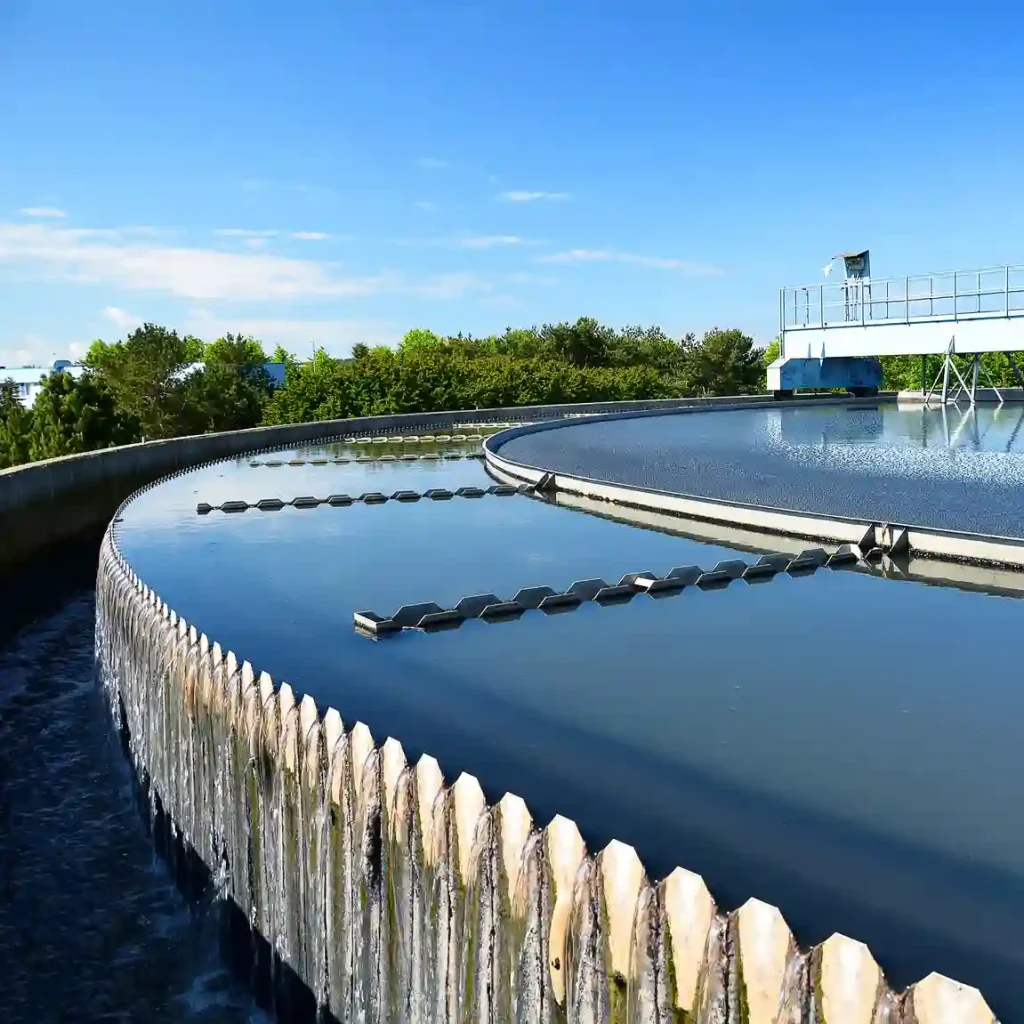Hebei Messi Biology Co., Ltd. stated that magnesium hydroxide is a weak base. Magnesium hydroxide in slurry form has the advantages of non-precipitation and fluidity, and is easy to use and adjust. It can be widely used in the treatment of acid wastewater. The weak alkalinity of magnesium hydroxide gives it unique buffering and neutralizing abilities. During use, the highest pH value will not exceed 9, and even excess will not cause alkaline pollution. If lime is used, the pH value can reach up to 12.5, and if caustic soda is used, the pH value can reach above 14. Magnesium hydroxide has a slow neutralization speed, and the particles produced by neutralization settle quickly and are easy to filter. Moreover, it has strong adsorption capacity, high activity, and low corrosiveness. It can remove heavy metal ions such as lead, nickel, copper, cadmium, etc. It can even remove COD, BOD, oil, printing dyes, phosphates, silicates and other substances in wastewater. These advantages enable magnesium hydroxide to reduce operating procedures and time, and reduce equipment investment in the treatment of acidic wastewater. Therefore, magnesium hydroxide can be important in the treatment of acidic wastewater.

Magnesium hydroxide treatment of lead-containing wastewater
Hebei Messi Biology Co., Ltd. stated that magnesium hydroxide, as a water treatment agent, is non-corrosive, safe to use, and simple to operate. It is developing rapidly abroad. However, the use of magnesium hydroxide in water treatment in my country has just begun. Treating lead-containing wastewater with magnesium hydroxide can not only neutralize the acid in the wastewater, but also cause lead ions to form lead hydroxide precipitation and further remove the lead in the wastewater through the adsorption of magnesium hydroxide. Through the process condition test, the best process conditions were selected to conduct the test of treating lead-containing wastewater with magnesium hydroxide. The results showed that the effect of using magnesium hydroxide to treat lead-containing wastewater was significant.
Magnesium hydroxide decolorization treatment of printing and dyeing wastewater
Hebei Messi Biology Co., Ltd. stated that it uses magnesium salts to add alkali to generate positively charged magnesium hydroxide sol, which strongly absorbs negatively charged anionic dyes to decolorize dye wastewater. The magnesium salt method shows excellent decolorization effects, and the pH is examined value, magnesium salt addition, solid-liquid separation method, etc. on the decolorization effect. The research results show that magnesium hydroxide has a good decolorization effect. Under the conditions of 600mg/L magnesium salt addition and pH value 11, the decolorization rate reaches more than 98%; the saturated adsorption capacity of magnesium hydroxide for direct gray dye is as high as 2.1221g/L. Different solid-liquid separation methods have different effects on the decolorization effect. There is a certain impact. In addition to printing and dyeing wastewater, magnesium hydroxide is very effective in the treatment of electroplating, tanning, papermaking, domestic, and high-fluoride wastewater.
